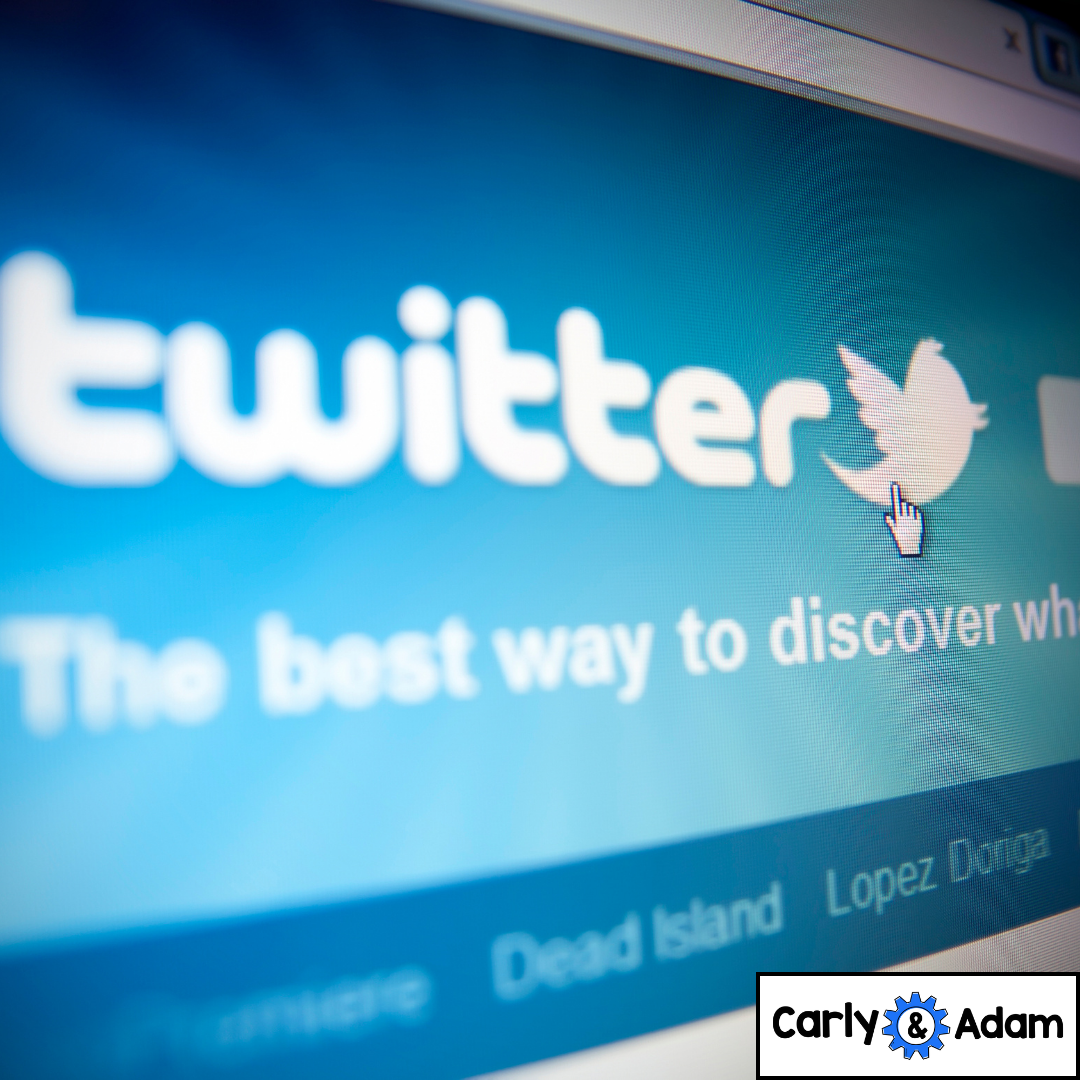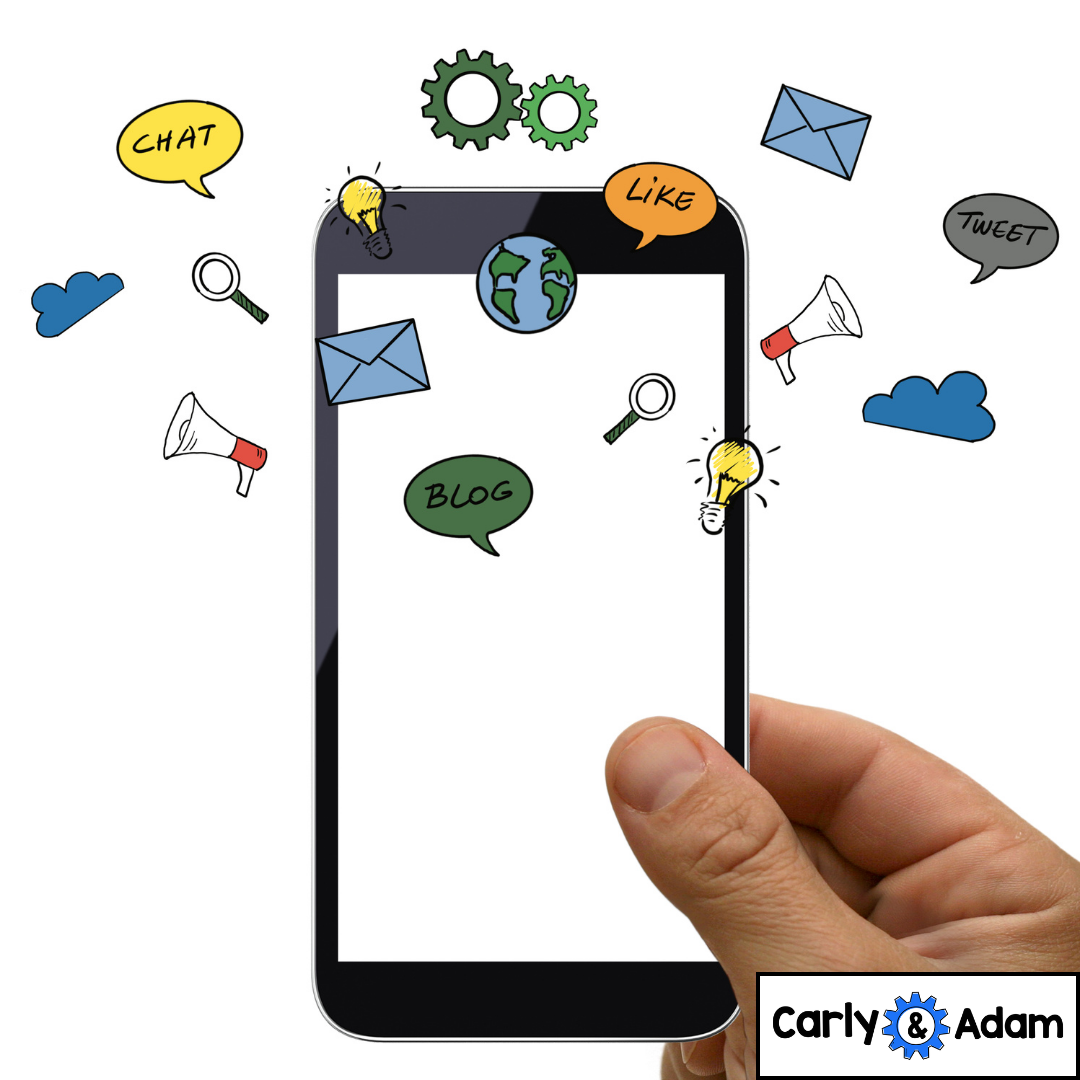How to Build a STEM Personal Learning Network (PLN) on Social Media
The following is a guest post from Dr. Jacie Maslyk.
If you feel isolated in your role at school, you may be a STEM teacher. Since you may be the only person at your school who does STEM, collaboration and idea sharing might be a challenge.
A world of support exists beyond the school walls! There are educators, engineers, and astronauts out there ready to share knowledge and connect with you. This post will share a few ways to build a STEM Professional Learning Network on social media.
If you haven’t found a social media platform that works for you, you are missing out!
Whether you connect with educators on Twitter, follow other STEM/STEAM teachers on Instagram, or scroll through content on Facebook, all of these tools can help you build a network of support and knowledge.
These tools are great for educators who are brand new to teaching as well as for those who have been in education for a number of years.
Twitter is a great platform for perusing useful content or creating and posting your own. Start by following some hashtags that interest you.
6 STEM Education Hashtags every teacher should follow:
In addition to following hashtags, you can follow classroom teachers, curriculum leaders, and librarians who are also passionate about similar topics.
Connect with these creative educators for innovative lesson ideas and resources.
Top 5 Favorite STEM Twitter Accounts:
Chris Woods @DailySTEM
Priscilla Heredia @MTL_SVHeredia
Jennifer Byrd Redfearn @JenniferRedfea4
Jennifer Mahin @jennasaurustech
Jed Dearybury @mrdearybury
Have you tried Twitter Chats?
Twitter chats offer online discussions and idea sharing on lots of educational topics from coding and robotics to hydroponics, engineering, and maker education. Chats are usually 30 or 60 minutes and feature a series of discussion questions posted by a moderator. Participants answer the questions and engage in responses with other chatters.
Jerry Blumengarten also known as @cybraryman1 provides a comprehensive website with a schedule of educational Twitter chats, as well as hashtags and educators to follow.
Chats can be fast-paced, so you can join in the chats during their weekly designated time or review the chat questions and answers afterwards at your own pace.
You may be using Facebook as a way to keep in touch with family and friends, but it is also a great way to extend your professional knowledge. Joining Facebook groups that focus on your content or area of interest provides another forum to post questions and explore ideas from other creative educators.
You can search different groups and find a few that meet your needs.
When you find a group that interests you, look to see if it is open or closed. Some groups don’t accept new members, while others may ask you to answer a few questions before you are able to join. Within the groups you can check out new ideas and post questions.
Group members will share things that are working for them, providing you with a wide variety of ideas to try.
Our Facebook group shares pictures, resources, and great discussions on the topics that you are teaching. We share links to our content in addition to the amazing things that our members share from their classrooms. Facebook Live offers another way to connect, learning from authors and educators through live online events.
Other Platforms
Take time to find the right social media platform for you. If you aren’t into Twitter or Facebook, you might want to try Instagram or one of the newer options like Mastodon or Hive. These tools provide other ways to explore content and connect with others who are interested in similar topics.
Whichever platform you decide to use, plan to spend some time exploring its features. The more you use the tool, the more you will get out of the experience. Like and follow people and organizations that you can learn from. Share ideas that you have as well.
These communities exist to build knowledge and provide support to educators across the globe.
Join Organizations
Becoming a member of science, technology or maker organizations is another way to build your PLN.
Joining different STEM/STEAM related organizations can also be a way to expand your professional learning network. Organizations like the Computer Science Teachers Organization (CSTA) or Remake Learning offer ways for educators to get involved in a learning community outside of their school or district.
Our STEM Teachers Club Membership offers tons of benefits including access to our online content and online learning events like our Summit.
Whether you are looking for useful STEM storage hacks or for advice on how to build a Lego wall, your Professional Learning Network will have answers to help. Post your questions or request for resources and your networks of STEM educators will be ready to support you with a cool new idea or a word of encouragement.
Belonging to a network of educators will help you to build relationships that can advance your teaching and improve learning opportunities for your students.
Have more questions or need additional resources?
Download our Free STEM challenges from our Free STEM Resource Library.
Join our Free Facebook Group.
For more STEM ideas, inspiration, and collaboration with other STEM teachers be sure to join our FREE Facebook group Elementary STEM Teachers with Carly and Adam!
We hope you have found this blog post helpful. To stay connected with Carly and Adam's teaching tips and classroom freebies be sure to follow us on Facebook, Pinterest, Teachers Pay Teachers, and subscribe to our blog!
An educator for the last 23 years, Dr. Jacie Maslyk, has served as a classroom teacher, reading specialist, elementary principal, and assistant superintendent. She is the author of STEAM Makers: Fostering Creativity and Innovation in the Elementary Classroom, Connect to Lead: Power Up Your Learning Network to Move Your School Forward (ISTE), Remaking Literacy: Innovative Instructional Strategies for Maker Learning and Unlock Creativity: Opening a World of Imagination With Your Students. You can read more on her blog, Creativity in the Making, at www.jaciemaslyk.blogspot.com. Connect with Jacie on Twitter @DrJacieMaslyk or email her at jaciemaslyk@gmail.com .







